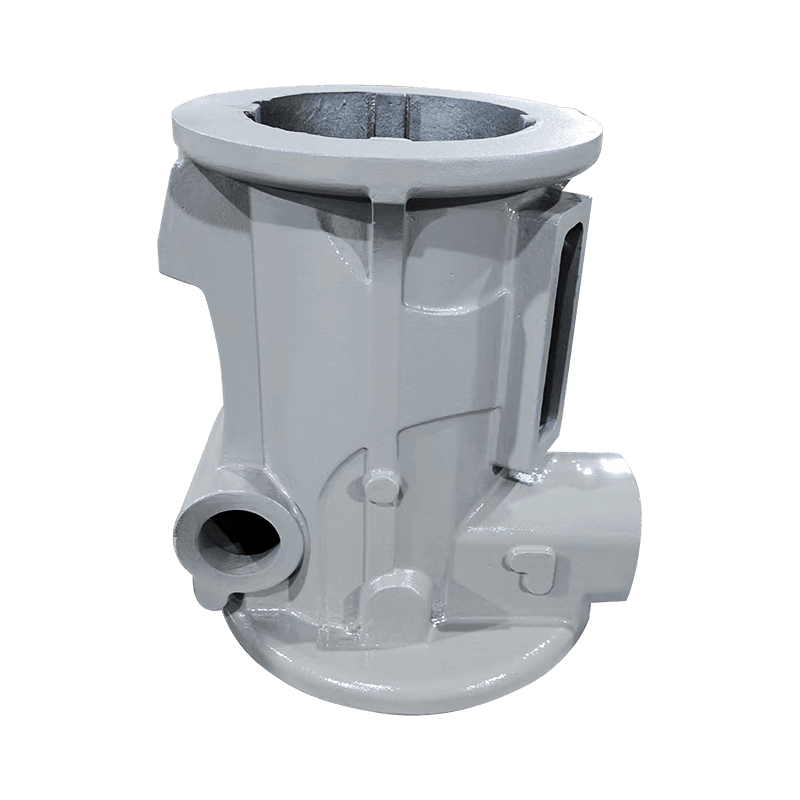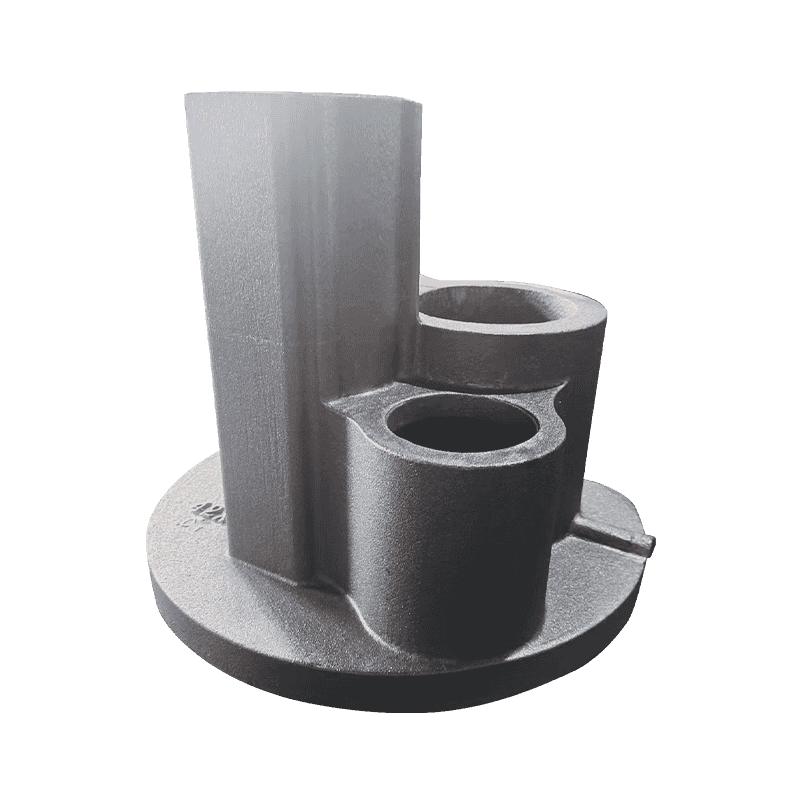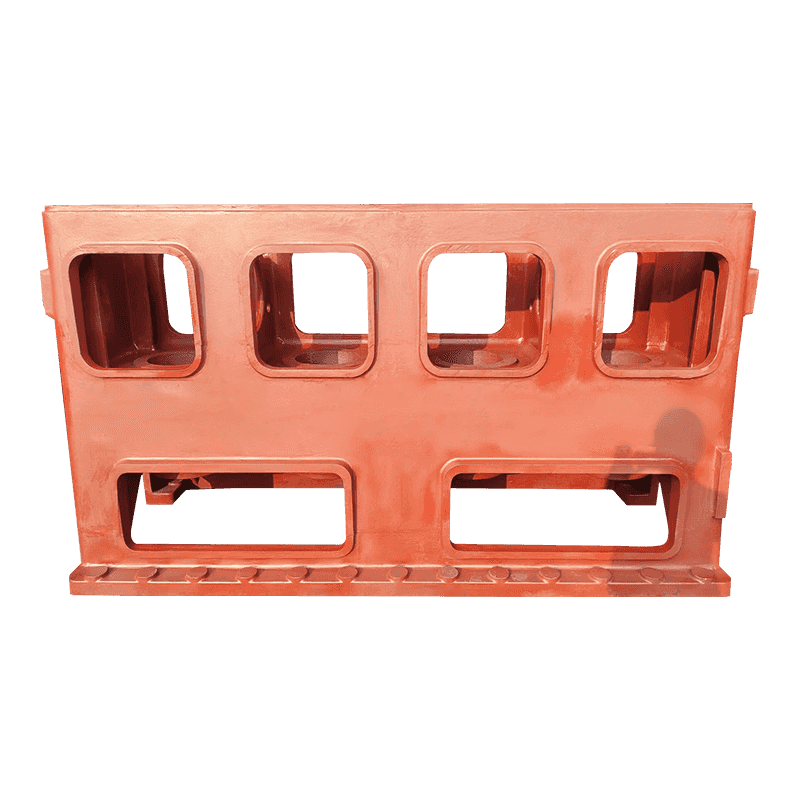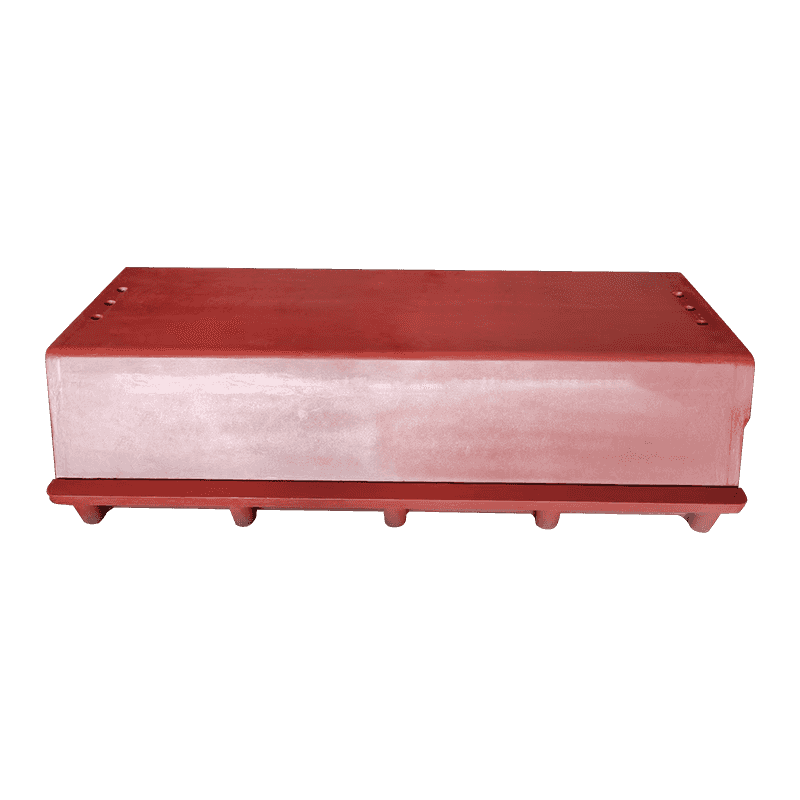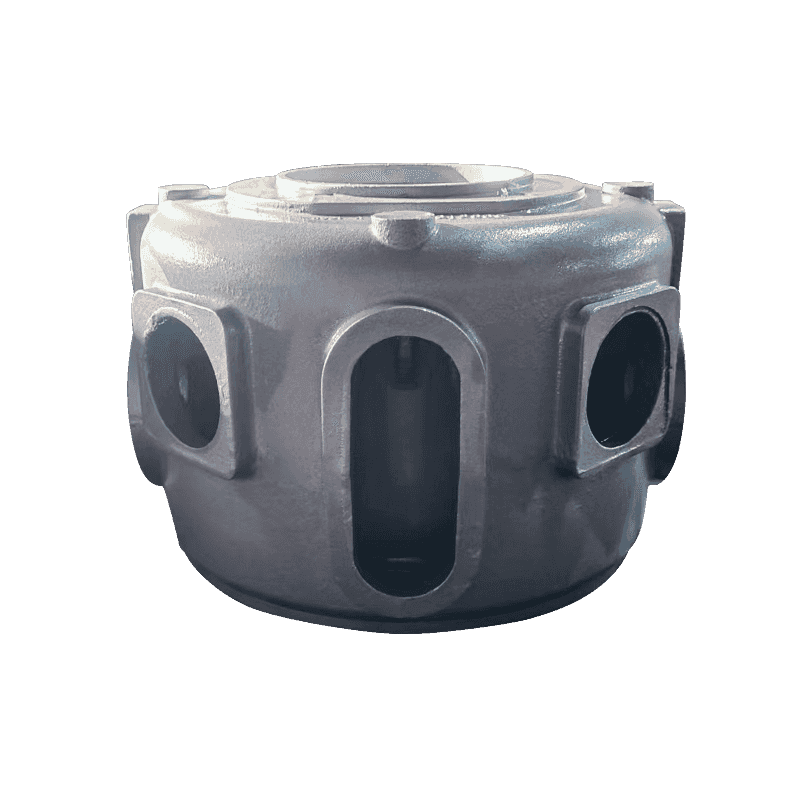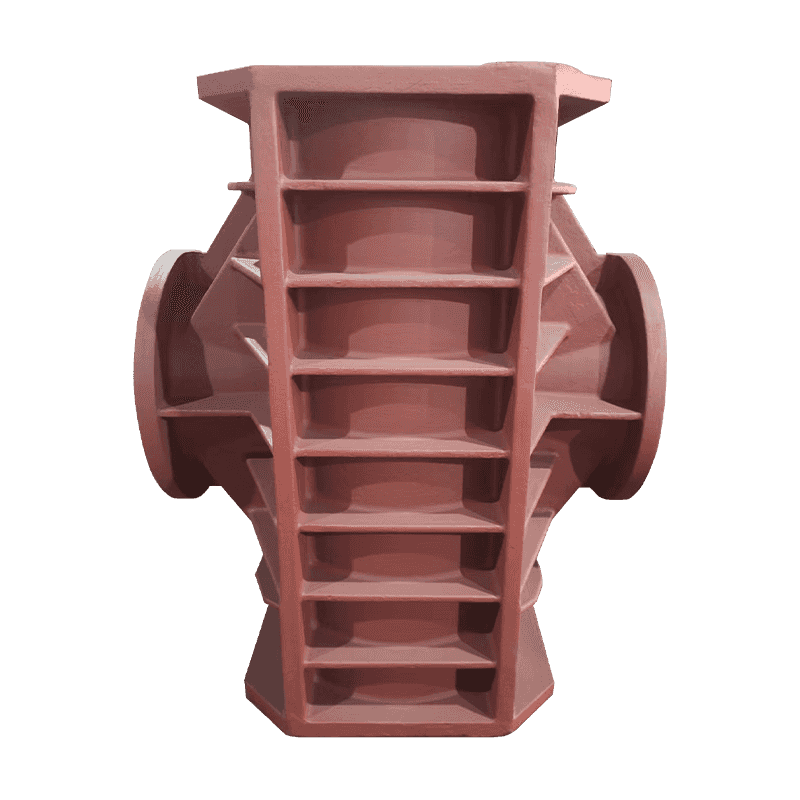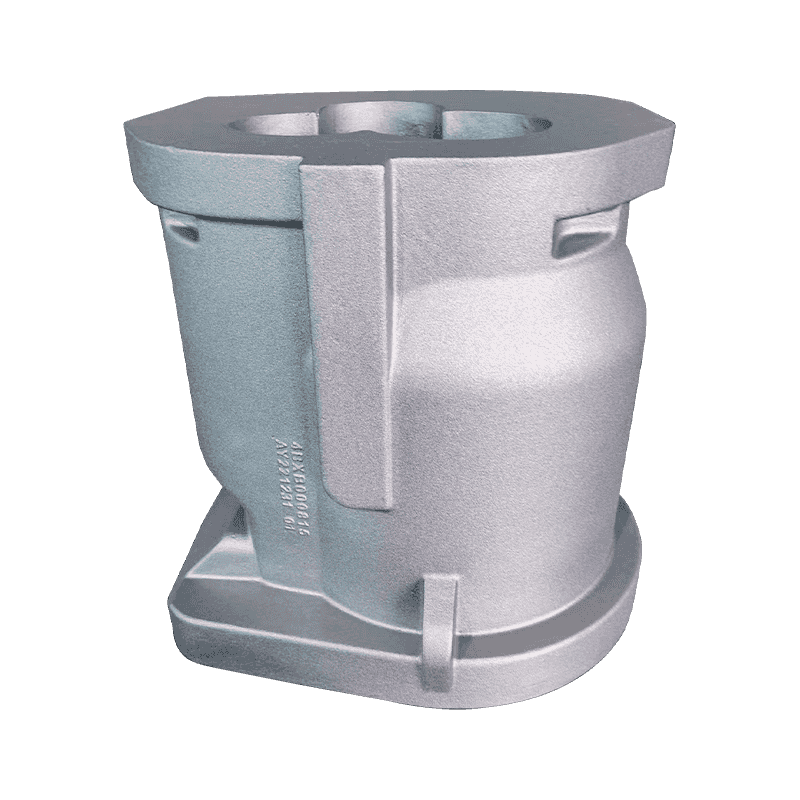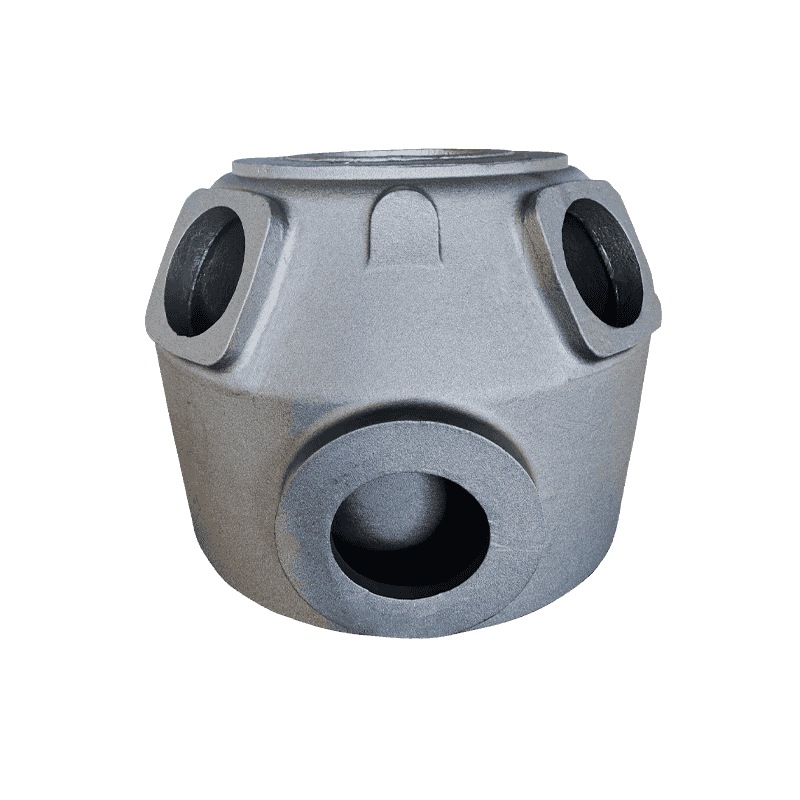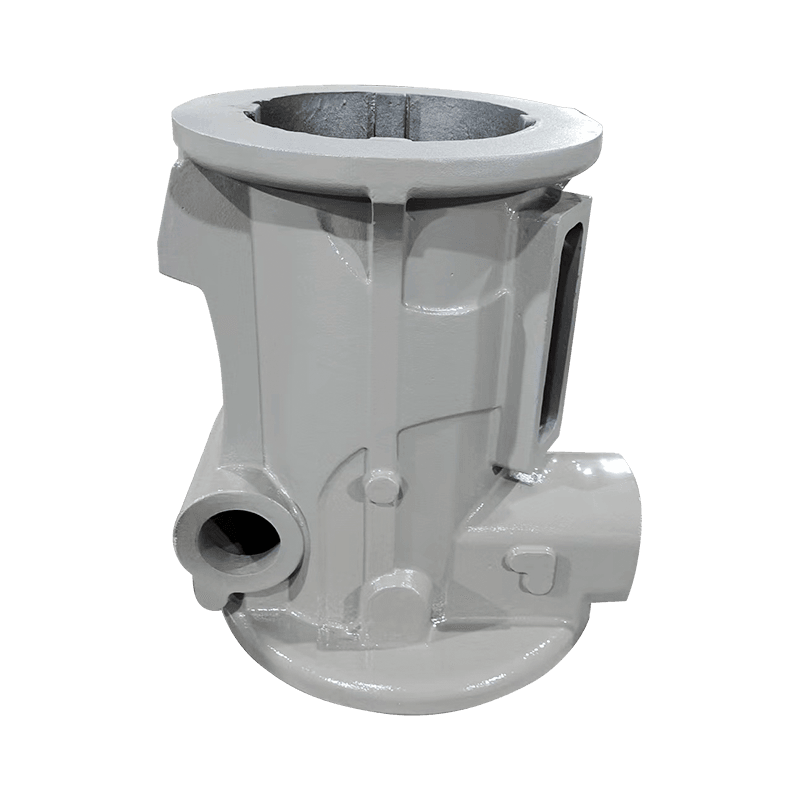The primary role of the compressor exhaust seat is to provide an airtight seal between the exhaust valve and the compressor’s exhaust port. This seal is critical for ensuring that no compressed air or gas leaks out of the compressor during the compression stroke. The exhaust seat’s ability to maintain a tight seal is essential for the compressor to function efficiently, as leakage can directly result in pressure loss, energy waste, and a decrease in overall performance. The exhaust seat effectively minimizes the potential for leaks, ensuring that the compressor operates under optimal conditions with no loss of pressure. The exhaust seat is designed to withstand the high-pressure environment of the compressor system. When the exhaust valve closes after each cycle, the exhaust seat ensures that any remaining compressed air or gas does not escape, which is essential for maintaining system pressure and preventing the dissipation of energy.
In addition to preventing leakage, the exhaust seat plays a key role in preventing backflow of exhaust gases into the compression chamber. If backflow occurs, the compressor’s performance is compromised as the expelled gases would re-enter the compression space, thus reducing the effectiveness of the next compression cycle. This can also cause significant wear on the compressor components, leading to inefficiency and potentially costly damage. The exhaust seat’s sealing function ensures that the exhaust gases are expelled in the proper direction, preventing backflow and promoting a continuous, efficient operation. It directs the airflow out of the compressor system, while blocking any reverse flow, which helps to sustain consistent operational cycles.
The compressor exhaust seat contributes to the retention of system pressure during operation. When the compressor reaches its desired pressure, the exhaust seat helps maintain that pressure by preventing any unintended leakage through the exhaust valve. This is essential for achieving high-efficiency levels, as leakage would result in a drop in pressure, reducing the performance of the entire system. By ensuring that no air escapes, the exhaust seat preserves the compressor’s ability to maintain optimal pressure, which enhances energy efficiency, maximizes output, and reduces unnecessary wear on the system.
The exhaust seat also serves as a protective barrier, preventing contaminants such as dirt, moisture, and debris from entering the compressor system. Leaks or improper sealing could allow these harmful particles to infiltrate the compressor, potentially causing corrosion, wear, and damage to critical internal components. This could lead to system inefficiencies, increased maintenance costs, and operational downtime. The exhaust seat's secure sealing function ensures that only the exhaust gases are released, keeping external contaminants from entering and affecting the internal environment of the compressor. In this way, the exhaust seat helps maintain the cleanliness and functionality of the compressor, contributing to the longevity of its components.
The exhaust seat’s role in preventing leaks and backflow directly impacts the efficiency of the compressor. Even small amounts of leakage can cause significant energy losses, reducing the overall energy efficiency of the system. By providing a reliable seal, the exhaust seat ensures that the compressor operates at peak efficiency, reducing the amount of energy wasted due to system leaks. This efficiency is particularly important in industrial or commercial applications, where energy consumption can be a major cost factor. A well-functioning exhaust seat prevents unnecessary energy expenditure, ensuring that the compressor delivers optimal performance without wasting resources.

